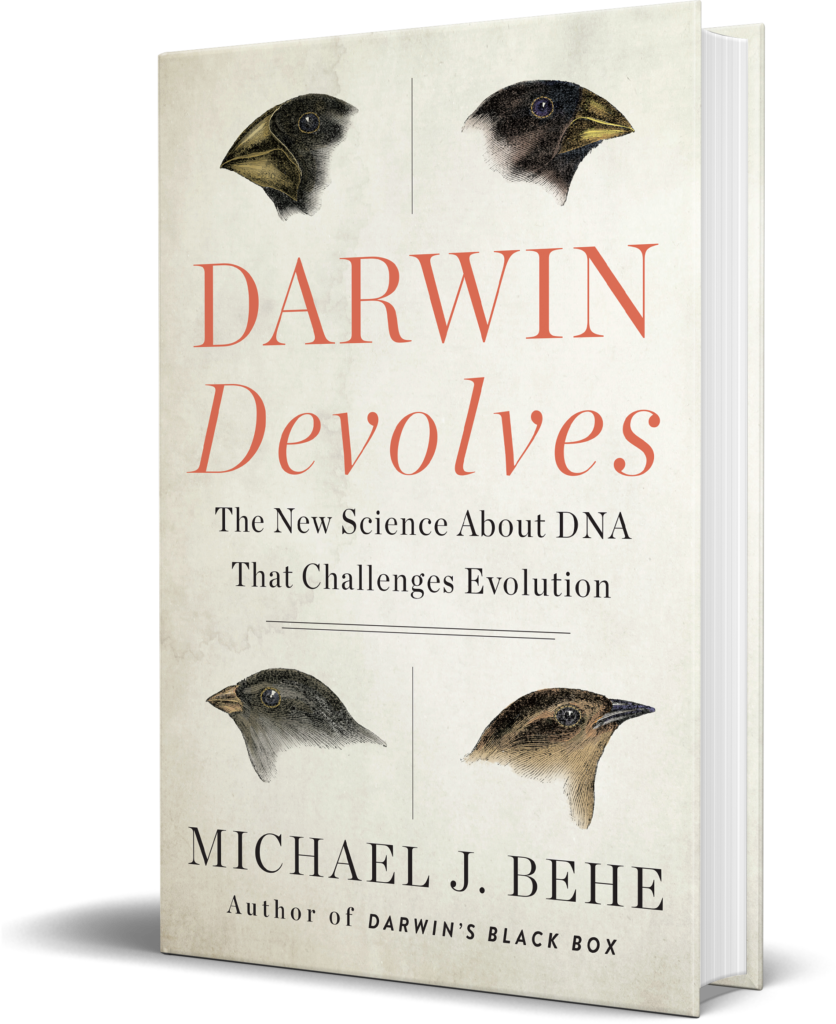 Of course, just now, one suspects that it is mainly the editors in Frisco who have pored over it. But now, Darwinian evolutionary biologist Jerry “Why Evolution Is True” Coyne tells us,l
Of course, just now, one suspects that it is mainly the editors in Frisco who have pored over it. But now, Darwinian evolutionary biologist Jerry “Why Evolution Is True” Coyne tells us,l
Michael Behe, author of the intelligent-design (ID) creationist books Darwin’s Black Box and The Edge of Evolution, has a new book coming out next February, Darwin Devolves: The New Science about DNA that Challenges Evolution. (Let me point out here that the phrase “that challenges evolution” has an unclear antecedent, either the new science that challenges evolution—what he clearly means—or the DNA itself that challenges evolution. Bad title!)
The construction that offends Dr. Coyne is a clause, not a phrase; however, why be picky and it will doubtless be clear enough to most people. Maybe too clear. But now,
I realize that I’ve just given Behe publicity, but how many people who would buy an ID book read this website? Anyway, I’ll have more to say about it after I’ve read it. More.
Might be an idea, that, to read it first. But, to answer the rhetorical question, thanks to UD, possibly a number of people will read that post and order the book.
Let’s see how the book does.
Follow UD News at Twitter!
See also: A peek at Mike Behe’s new book Darwin Devolves We’re told that the basic thesis is, The First Rule of Adaptive Evolution: Break or blunt any functional gene whose loss would increase the number of offspring.
and
Huge study shows yeasts evolve by reducing their complexity If losing complex traits is a reliable and successful form of evolution, how did successful life forms acquire great complexity in the past, when there was less time to evolve?